
Charcot Treatments
A diagnosis of Charcot in the foot or ankle may be scary, but there are many ways to address the disease that may slow or stop its progression and lead to better outcomes for you.
The Team Approach
Successful prevention of lower limb amputation requires collaboration between you and your team of healthcare providers at various stages of the neuropathy (significant nerve damage) management process.2
As Charcot foot progresses, the bones in the foot and ankle become weak and may lead to fractures and dislocations. The deformity in your foot may then lead to sores and ulcers, bone infection (osteomyelitis), and if left untreated, amputation.2
In these serious cases of Charcot deformity, surgery may be necessary.2
Surgery is very much a team game. Different healthcare professionals with different backgrounds, skills and specialties are a must to make sure you are receiving the well-rounded care you deserve.
- Primary Care
- Endocrine Care
- Wound Care
- Surgical Team (Vascular, Podiatry, MD, Trauma)
- Patient Compliance
- Support System – family, friends, caregivers
When a Charcot deformity leads to an ulceration in the foot or ankle, the team approach becomes even more important so that all symptoms of the condition are reviewed thoroughly.1
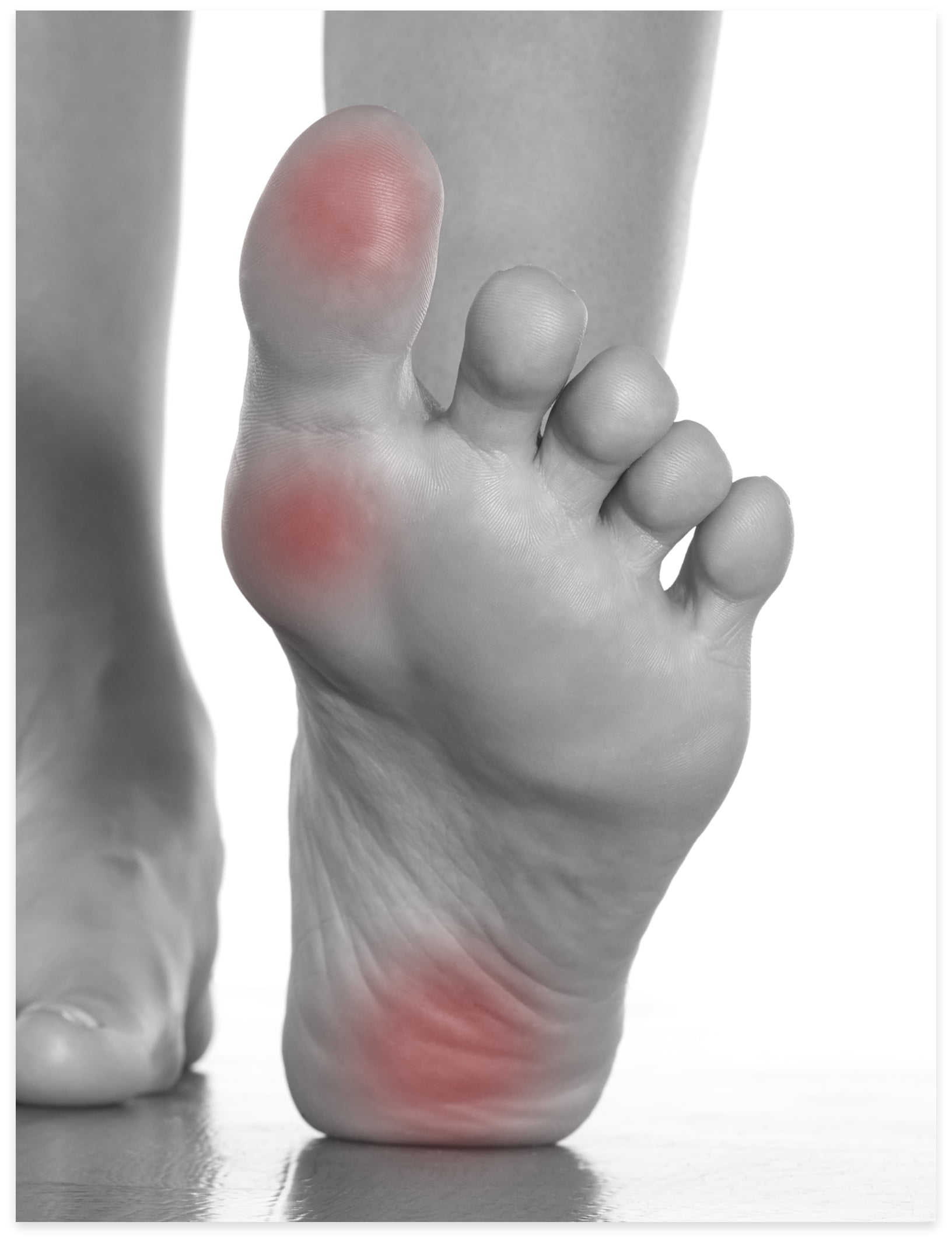
"Painstaking care must be taken in a multidisciplinary approach with a thoughtful, careful plan tailored to each patient. Not every patient is a surgical candidate. Some benefit from a minimal procedure while others need multiple staged surgeries. There is one common element with my neuropathic patients: treatment is complex and can last for years. This requires patience, understanding, and commitment on the part of the surgeon and the patient."
Aaron K. Mates, MD
Non-Surgical Treatment Options
A healthcare provider may recommend non-surgical options for addressing Charcot, especially in its earlier
stages.
These can include some or all of the following:
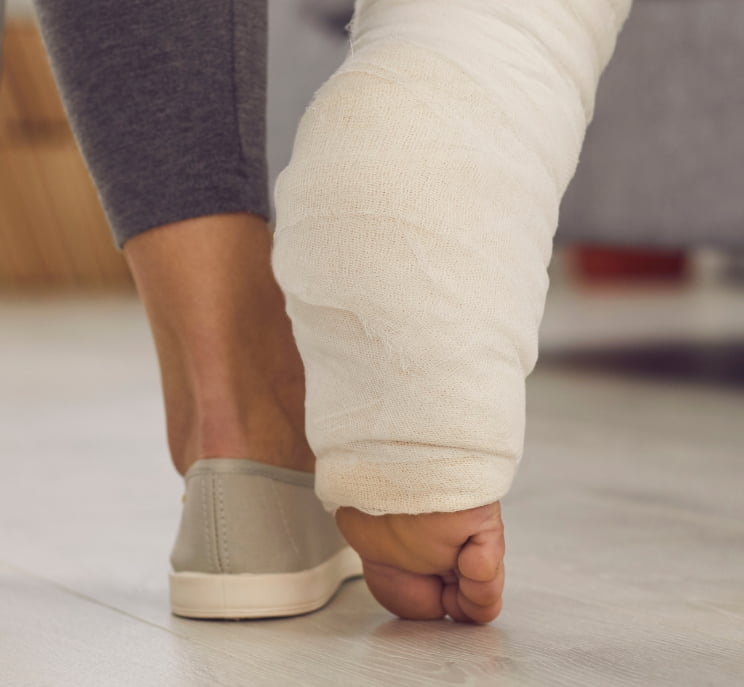
Immobilization or casting
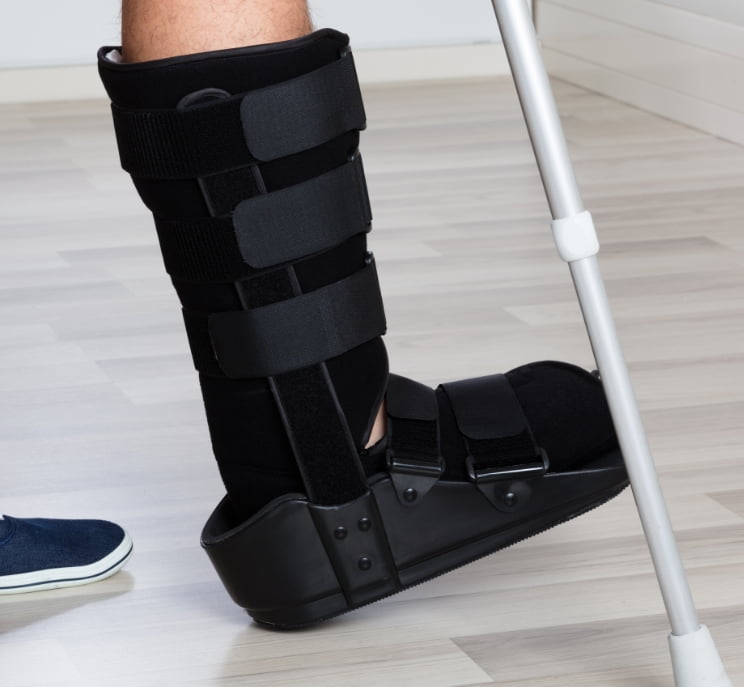
Custom shoes or braces

Change in lifestyle, such as avoiding weight bearing activities
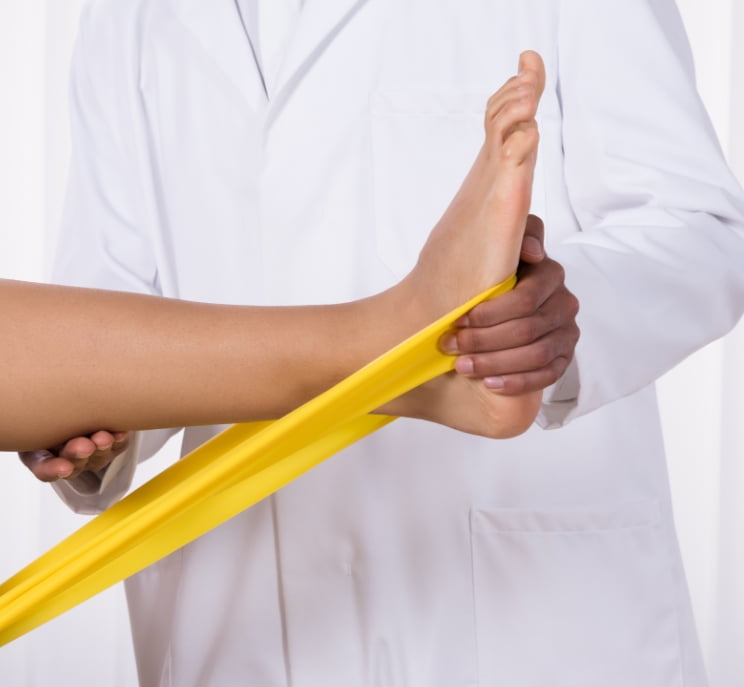
Physical therapy
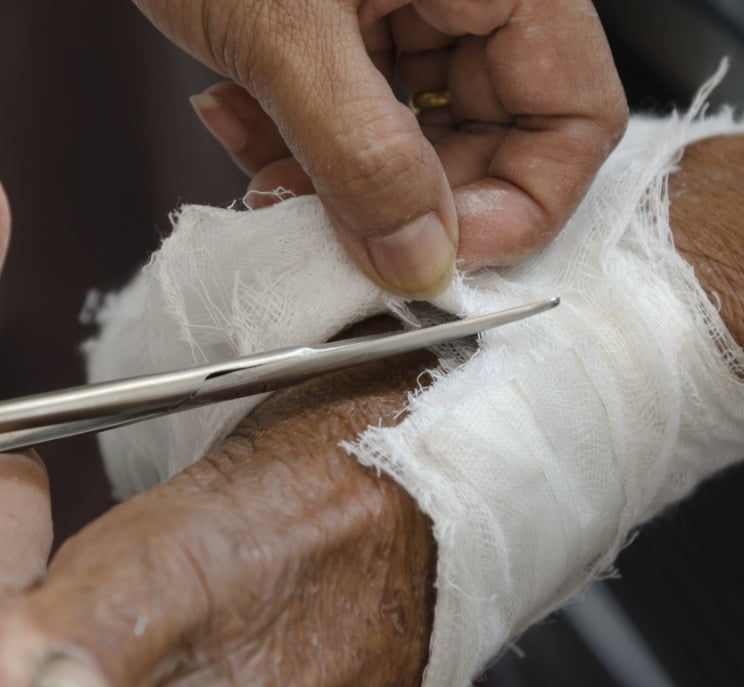
Wound care
Surgical Treatment Options
Surgery isn't always the solution, but when a surgeon decides that it's necessary, there are various options available:

Internal Fixation
Devices that are implanted inside of the body to hold the foot and ankle bones in place while healing occurs. These may include plates, screws, nails, beams and bolts.
Devices that are implanted inside of the body to hold the foot and ankle bones in place while healing occurs. These may include plates, screws, nails, beams and bolts.

External Fixation
Devices that remain outside of the body and create a framework to support wire and pin implants that hold the foot and ankle in a desired position while healing occurs. Some devices are referred to as frames.
Devices that remain outside of the body and create a framework to support wire and pin implants that hold the foot and ankle in a desired position while healing occurs. Some devices are referred to as frames.

Deformity correction with realignment & fusion

Amputation
Depending on severity, amputation may range from removal of a single toe to the entire lower limb.
Depending on severity, amputation may range from removal of a single toe to the entire lower limb.

Ostectomy (removal of bone)
Stryker's product portfolio provides surgeons with the tools they need to carry out surgical treatment for Charcot in the foot and ankle. Only a qualified surgeon can determine the appropriate treatment plan for a patient.

Find a Surgeon
Move on from Charcot. Early prevention may be key. Don’t wait to speak with a doctor to see what treatment option is right for you.
FIND OUT MOREReferences
- Armstrong DG, Mills JL. Toward a change in syntax in diabetic foot care. J Am Podiatr Med Assoc. 2013; 103 (2):161-62.Charcot Foot. (2023); UCSF Department of Surgery. https://surgery.ucsf.edu/conditions--procedures/charcot-foot
- Larsson, J., Apelqvist, J., Agardh, C. D., & Stenström, A. (1995). Decreasing incidence of major amputation in diabetic patients: a consequence of a multidisciplinary foot care team approach?. Diabetic medicine : a journal of the British Diabetic Association, 12(9), 770–776. https://doi.org/10.1111/j.1464-5491.1995.tb02078.x
Important Information
Individual results and activity levels after surgery vary and depend on many factors including age, weight, and prior activity level. There are risks and recovery times associated with surgery, and there are certain individuals who should not undergo surgery. Only a physician can tell you if this product and associated procedure are right for you and your unique circumstances. Please consult with a physician for complete information regarding benefits, risks, anticipated implant duration and possible outcomes.
AP-016836